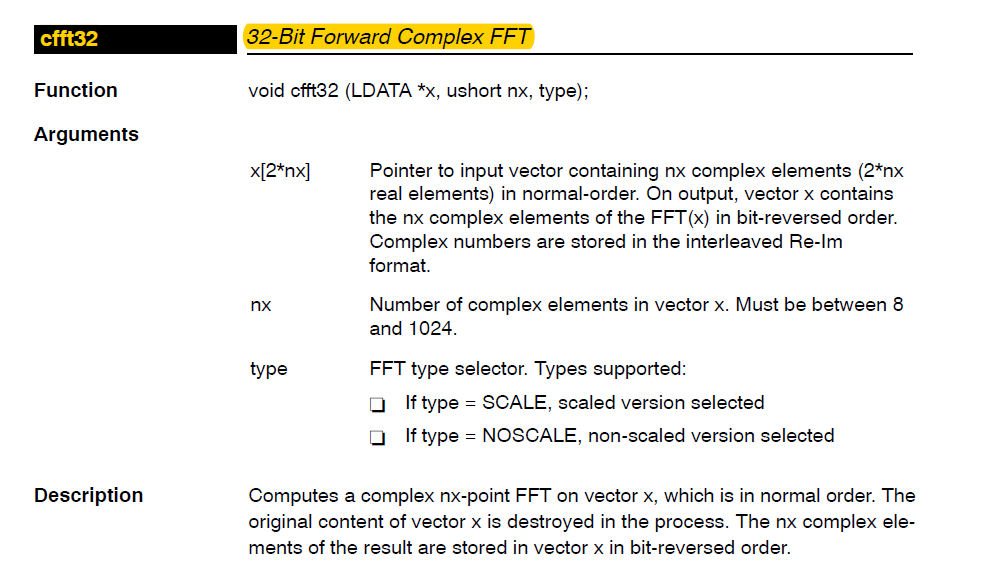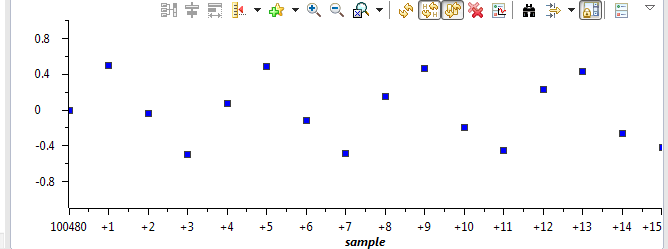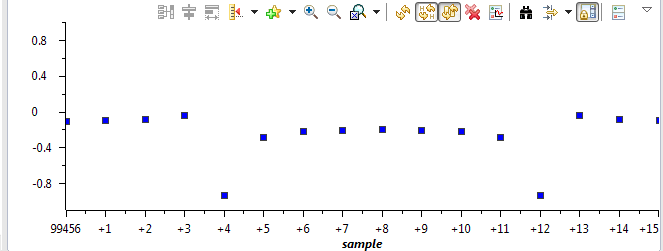Other Parts Discussed in Thread: ADS1278, SPRC100
Tool/software: TI C/C++ Compiler
Dear sir/mam,
i am using hwafft library to calculate 1024 point fft.
Till now i have calculated fft for 10bit adc, 12 bit adc nad 16 bit adc..got very good results but for more accuracy.. i move forward for 24 bit adc (ads1278).
input provided 1.3v ref vtg=2.5v
sampling freq=50000.
but not getting the result this time.
i gone through SPRABB6B document...i got the point is real part is higher 16bit and imaginary are lower 16 bit.
but what if i get the real part is 24 bit? i will never show the correct result..just cross check i mask 24bit data to 16 bit data then appilied the fft and check the result..and got the correct result..
so does this mean that i CAN NOT apply more than 16bit of data to the FFT?
what else i can do
waiting for reply.




